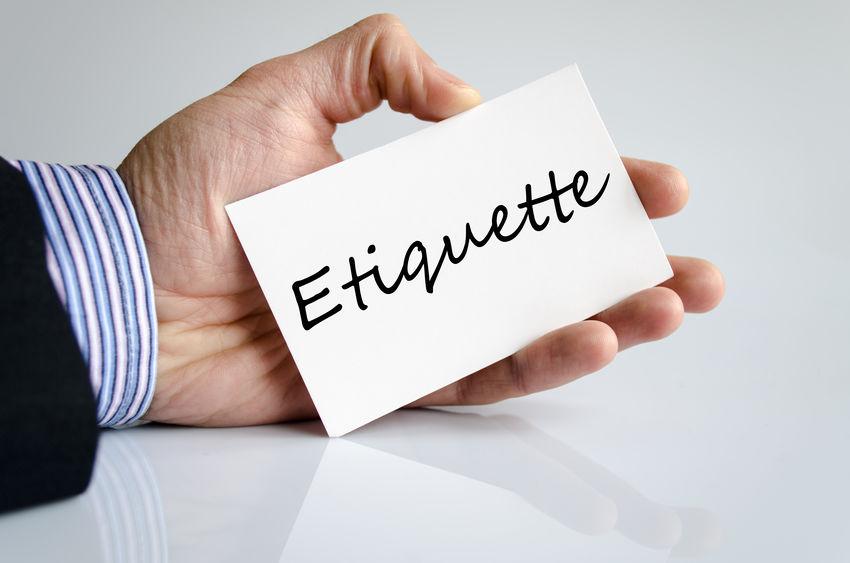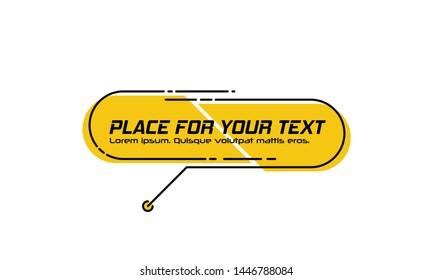A golfing partner recently hung their jacket on the flagstick as they prepared to putt. This action raises questions about the legality of such a move. According to the Rules of Golf, players are not permitted to touch the flagstick while putting or remove the flagstick from the hole on the green before holing out. However, there is no explicit rule against hanging a jacket on the flagstick. Does this mean that the player’s actions were legal?

Flagstick Etiquette: The Unwritten Rule
– Always keep the flagstick in the hole when putting, out of respect for other golfers.
– If you must remove the flagstick, do so carefully and place it in a safe location where it will not be in the way of other golfers.
– Replace the flagstick immediately after putting, using the proper procedure.
Etiquette Violation: Hindering Opponents Line of Sight
According to Rule 13 of golf, players are permitted to remove movable obstructions on the putting green. This includes such items as loose impediments, leaves, stones, and yes, even jackets. However, this does not imply that all acts of removing obstruction or interference are deemed acceptable. Rule 13.2 (a) specifically states that, “the player must not touch or remove any other obstruction on the putting green except as provided in Rule 8.1a(2).” This implies that players are forbidden from manipulating other objects located on the putting surface, including flagsticks or their contents, in a way that influences the line of sight of an opponent.
It’s worth remembering that the objective of golf is to maneuver a ball around an established course using only clubs. Aside from making exceptions for safety concerns or specific situations, such as when a ball is actually stuck in an obstruction like a bush or tree, golfers are generally expected to accept the lie of the ball as they find it. Therefore, if an opponent elects to position himself directly behind the flagstick when attempting his putt, blocking the player’s initial line of sight, the impediment is a consequence of his deliberate choice and should not be freely altered.
It’s true that hindrances can occasionally occur without the direct intention of an opponent. For instance, a player’s playing partner might casually toss a jacket over their shoulder, landing haphazardly on the flagstick. Despite the unintentional nature of such occurrences, the consequences remain the same. If the jacket effectively obstructs the putting line of the opponent, then the player is obligated to address the issue promptly, either by moving the jacket themselves or requesting that their partner do so.
It’s important to approach these situations with a sense of decorum. If you find yourself in a position where an opponent’s actions are unintentionally hindering your play, the mature approach would be to politely request that they rectify the issue. Most golfers will be understanding and cooperative in such situations. Should you encounter resistance or hostility, you may calmly remind them of the rules of etiquette and appeal to the group’s sense of fairness.
Consequences and Penalties for Flagstick Misuse
The Rules of Golf strictly prohibit any modification to the flagstick or hole during play. Misuse of the flagstick carries significant consequences, including penalties and disqualification.
If a player intentionally or accidentally hangs their towel, jacket, or any other object on the flagstick, they will incur a one-stroke penalty. This penalty applies even if the object does not move the ball or affect the putt. Additionally, the player may also be assessed a general penalty of two strokes if they are deemed to have committed a serious breach of etiquette.
In severe cases, a player may be disqualified for flagstick misuse if they repeatedly violate the rule or engage in unsportsmanlike conduct. This penalty is reserved for the most egregious offenses, such as intentionally moving the flagstick to gain an advantage or disrupting their opponent’s play.
The following table summarizes the consequences of flagstick misuse:
| Offense | Penalty |
|—|—|
| Hanging an object on the flagstick | 1-stroke penalty |
| Moving the flagstick without permission | 2-stroke penalty |
| Intentionally gaining an advantage by flagstick misuse | Disqualification |
| Unsportsmanlike conduct related to flagstick misuse | Disqualification |
Maintaining Sportsmanship and Fair Play on the Golf Course
Keeping the game of golf fair, enjoyable, and respectful is essential for maintaining a positive environment on the course. One aspect of this is ensuring that players adhere to the rules and maintain proper sporting conduct. One reader recently posed a question that highlights the importance of upholding these principles: “My playing partner hung his jacket on the flagstick while he putted. Is that legal?”
According to the Rules of Golf, Rule 13-2d, it is indeed illegal for a player to deliberately place or leave any object on the putting green that could make the putting stroke easier. This includes hanging a jacket on the flagstick or even the player’s own bag.
The rationale behind this rule is to ensure that all players are competing on an equal footing and that no one has an unfair advantage on the greens. The flagstick is used to mark the position of the hole, and placing an object on it can alter the trajectory or speed of a putt.
Hanging a jacket on the flagstick can also be seen as disrespectful to other players on the course. It suggests that the player is attempting to gain an advantage by preventing the flagstick from moving, which can affect subsequent putts.
while hanging a jacket on the flagstick while putting may seem like a minor infraction, it violates the Rules of Golf and can undermine the principles of sportsmanship and fair play. Players should be respectful of their fellow golfers and the game itself by adhering to the rules and maintaining proper conduct on the course.
the act of hanging one’s jacket on the flagstick while putting is not explicitly forbidden by the Rules of Golf. However, it may be considered unsportsmanlike conduct and could potentially interfere with other players’ lines of sight. As such, it is generally advisable to avoid this practice and to respect the etiquette of the game.





